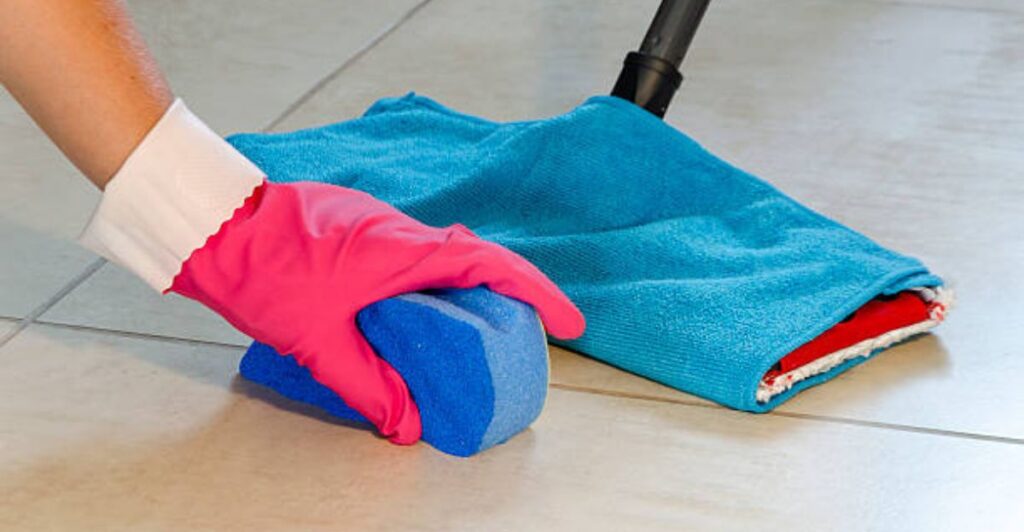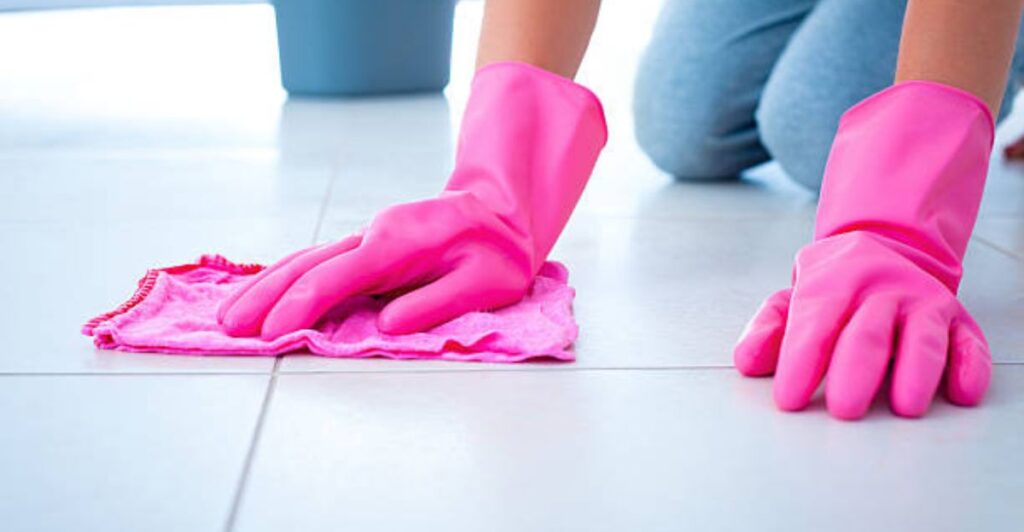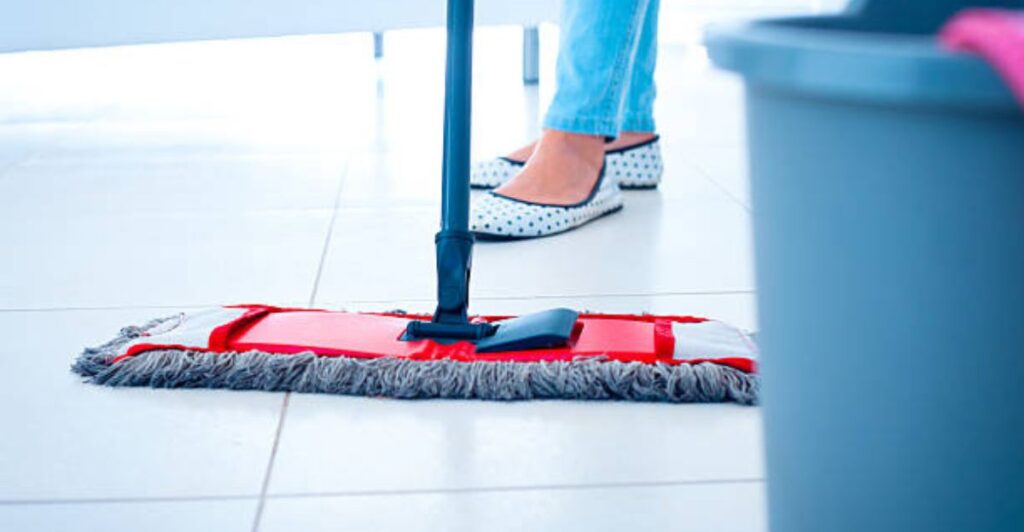Introduction
🧽 12 Quick Laundry Tips to Remove Musty Smells from Mopping Cloth
Mopping cloths are essential for keeping floors clean, but over time, they can develop a stubborn, musty odor—especially if they aren’t dried properly or are stored damp. This smell is usually caused by bacteria, mildew, or detergent residue trapped in the fibers. The good news? You don’t need to throw them away. With the right laundry methods, you can easily restore freshness and extend the life of your mopping cloths.
Below are 12 quick laundry tips to remove musty smells and keep your mopping cloths clean, hygienic, and ready for action..
12 Quick Laundry Tips to Remove Musty Smells from Mopping Cloth

1. Rinse Immediately After Use
Don’t let dirt and cleaning solution sit for hours—rinse your mopping cloth under warm water right after cleaning.
2. Use Hot Water Wash Cycles
Hot water kills bacteria and loosens grime that causes bad smells.
3. Add White Vinegar
Pour 1 cup of white vinegar into the rinse cycle to neutralize odors and dissolve detergent buildup.
4. Use Baking Soda for Deep Odor Removal
Baking soda helps absorb and eliminate stubborn smells—add half a cup during washing.
5. Avoid Fabric Softeners
Softeners coat fibers, trapping bacteria and odors inside.
6. Dry in Direct Sunlight
Sunlight naturally disinfects and leaves cloths smelling fresh.
7. Use a Hot Dryer Cycle in Rainy Weather
If sunlight isn’t available, use the hottest dryer setting safe for the fabric.
8. Don’t Store Damp Cloths
Always ensure they are completely dry before storing.
9. Pre-Soak in Vinegar Water
For strong odors, soak in warm water with 1 cup vinegar for 30 minutes before washing.
10. Rotate Cloths Regularly
Using multiple mopping cloths prevents excessive wear and odor buildup.
11. Wash Separately from Clothes
This prevents transferring dirt, bacteria, and lint.
12. Replace Old, Worn Cloths
If the fibers are fraying or permanently stained, it’s time for a new one.
🌟 Benefits of Keeping Mopping Cloths Fresh

- Prevents Bad Odors
- Fresh cloths don’t trap musty smells, keeping your home smelling clean after mopping.
- Stops Bacterial Growth
- Dirty, damp cloths become breeding grounds for germs; fresh ones help maintain hygiene.
- Improves Cleaning Efficiency
- A clean cloth can absorb water and remove dirt better, making mopping faster and more effective.
- Protects Your Floors
- Dirty cloths can leave streaks or even scratch delicate surfaces; fresh cloths keep floors spotless.
- Extends Cloth Lifespan
- Proper washing and drying prevent fabric damage, saving you money on frequent replacements.
- Reduces Allergen Spread
- Fresh mopping cloths don’t release dust, pollen, or pet dander back into the air.
- Enhances Home Hygiene
- Ensures that you’re not spreading more dirt and bacteria while cleaning.
- Saves Time
- No need for repeated mopping due to streaks or leftover grime from a dirty cloth.
- Keeps Colors and Texture Intact
- Fresh care prevents fading and roughening, keeping the cloth soft and efficient.
- Promotes a Healthier Living Environment
- Less bacteria and allergens lead to fewer chances of illness at home.
📈 Trending Mopping Cloth Care Habits in 2025
1. Reusable Microfiber Cloths & Mop Heads Remain Popular
Microfiber cloths and mop heads continue to dominate due to their high dust-trapping efficiency, low water usage, and durability. Proper care—like washing with warm water and avoiding fabric softeners—keeps them effective and long-lasting. Bond Cleaning In WollongongHellamaid
2. Choosing Plant-Based & Non-Toxic Cleaners
Consumers increasingly use plant-derived, hypoallergenic products—think castile soap, coconut surfactants, or essential-oil sprays—to clean cloths and mop surfaces without harming skin or the environment. Bond Cleaning In WollongongHellamaidCleansing Sheets
3. Zero-Waste & Refillable Tools
Single-use plastic cleaning supplies are falling out of favor. Instead, people opt for reusable cloths, refillable cleaning bottles, and compostable tools, reducing waste in the process. HellamaidScrubishlyA&A Wiping Cloth
4. DIY Cleaning Solutions
A back-to-basics movement is breathing new life into household staples—white vinegar, baking soda, citrus-infused sprays—for cleaning cloths, deodorizing, or pre-soaking mop heads. Bond Cleaning In WollongongHellamaidScrubishlyA&A Wiping Cloth
5. Proper Drying & Storage Techniques
Letting cloths air dry fully between uses prevents mildew and odors. Avoid hanging damp cloths over taps (the bleach and moisture combo can corrode metal fixtures). The Scottish SunHomes and Gardens
6. Color-Coding to Avoid Cross-Contamination
Professionals now recommend designating specific cloth colors for different tasks (e.g., kitchen, glass surfaces, bathrooms). This maintains hygiene and simplifies daily workflows. Homes and Gardens
7. Cold-Water Washing with Eco-Conscious Detergents
Cold-water washing is increasingly favored to save energy and preserve cloth integrity. New detergent formulations (enzyme boosters, cold-activated agents) ensure effective cleaning even in cooler cycles. Cleansing Sheetsgolddrycleaners.com
Real-World Voices from Reddit
Reddit users share practical habits that reinforce these trends:
“I wash them with floor mats if they’ve super dirty. Otherwise yep with the normal was with towels…”
“Rags made from old towels and old white t-shirts… microfiber leaves nanoplastics everywhere.”
These experiences echo the moves toward reusable cloths, avoiding microfiber (for environmental or tactile reasons), and integrating cloths into regular laundry loads for convenience.
Quick Reference: 2025 Care Habits for Mopping Cloths
| Care Habit | Why It Matters |
| Reusable microfiber tools | Efficient, sustainable cleaning |
| Plant-based & non-toxic cleaners | Gentle and eco-friendly |
| Refillables & compostable options | Reduces single-use waste |
| DIY cleaners (vinegar, baking soda) | Affordable and tailored |
| Proper drying & storage | Prevents damage and mildew |
| Color-coded cloths | Helps hygiene and organization |
| Cold-water washing with right detergents | Saves energy, maintains cloth life |
💡 Suggestions for Best Results

- Rinse Immediately After Use
- Don’t let dirt and grime sit—rinse the cloth with warm water right after mopping.
- Pre-Soak for Stubborn Odors
- Use a vinegar-water solution (1:1) or baking soda soak before regular washing to remove musty smells.
- Wash in Separate Loads
- Avoid washing with delicate clothes—mopping cloths need a separate, heavier wash cycle.
- Skip Fabric Softener
- Softeners coat fibers and reduce absorbency; opt for vinegar in the rinse cycle instead.
- Air Dry in Sunlight
- Sunlight naturally disinfects and removes lingering odors; avoid damp, dark storage.
- Rotate Multiple Cloths
- Keep at least 3–4 mopping cloths in rotation to reduce wear and tear.
- Color-Code by Cleaning Zone
- Use different colored cloths for kitchen, bathroom, and living areas to prevent cross-contamination.
- Store Dry & Folded
- Always store in a dry container or breathable bag—never in a sealed plastic bag while damp.
- Replace When Worn
- Fraying, thinning, or constant odor even after washing means it’s time for a new cloth.
- Use the Right Detergent
- Choose mild, plant-based detergents to maintain fabric quality and avoid chemical residue.
Conclusion
Musty mopping cloths don’t just smell bad—they can spread bacteria across your floors. With these 12 quick laundry tips, you can remove stubborn odors, maintain hygiene, and extend the life of your cleaning tools. By incorporating natural fresheners like vinegar and baking soda and ensuring proper drying, you’ll enjoy fresh-smelling, effective mopping every time.
References
- The Spruce – How to Remove Mildew Smell from Laundry
- Good Housekeeping – Cleaning Cloth Care Tips
- Martha Stewart – How to Disinfect Cleaning Tools
FAQs
Q1: Why do mopping cloths smell musty?
A: The odor is usually from bacteria and mildew growing in damp fibers.
Q2: Can I use bleach to clean mopping cloths?
A: Yes, but only on white cloths and with caution, as bleach can weaken fibers.
Q3: Is vinegar safe for all types of mopping cloths?
A: Vinegar is safe for most fabrics, but check manufacturer guidelines first.
Q4: How often should I replace mopping cloths?
A: Every 6–12 months, depending on usage and condition.
Q5: Can I prevent smells without washing daily?
A: Yes—rinse immediately after use, dry thoroughly, and wash weekly.

